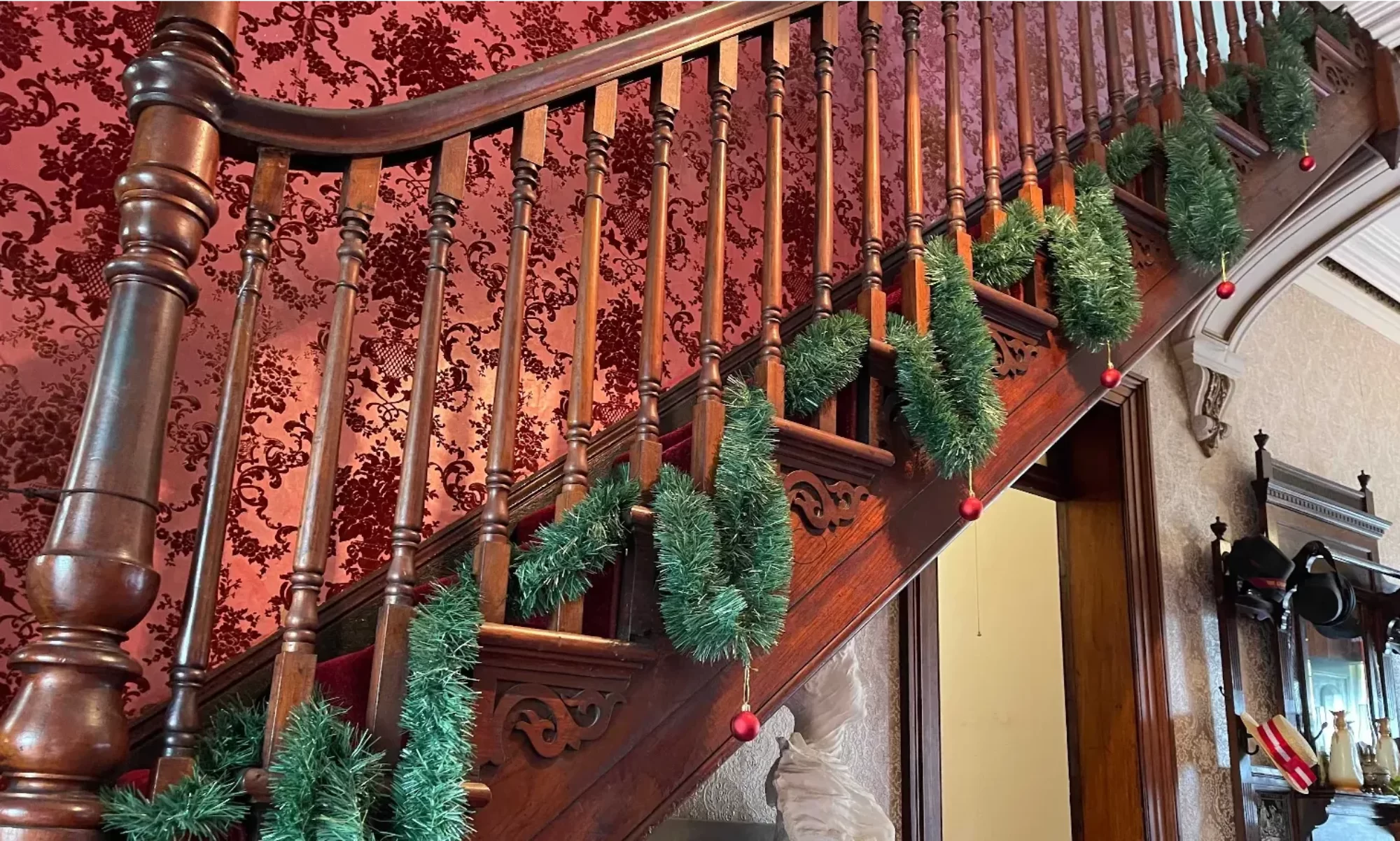The Aldine Centennial History of New South Wales, illustrated: embracing sketches and portraits of her noted people, the rise and progress of her varied enterprises, and illustrations of her boundless wealth, together with maps of latest survey was a two-volume work edited by William Frederic Morrison and published in 1888.The second volume contained statistics, brief …
Continue reading “Excerpts from “The Aldine Centennial History of New South Wales””

